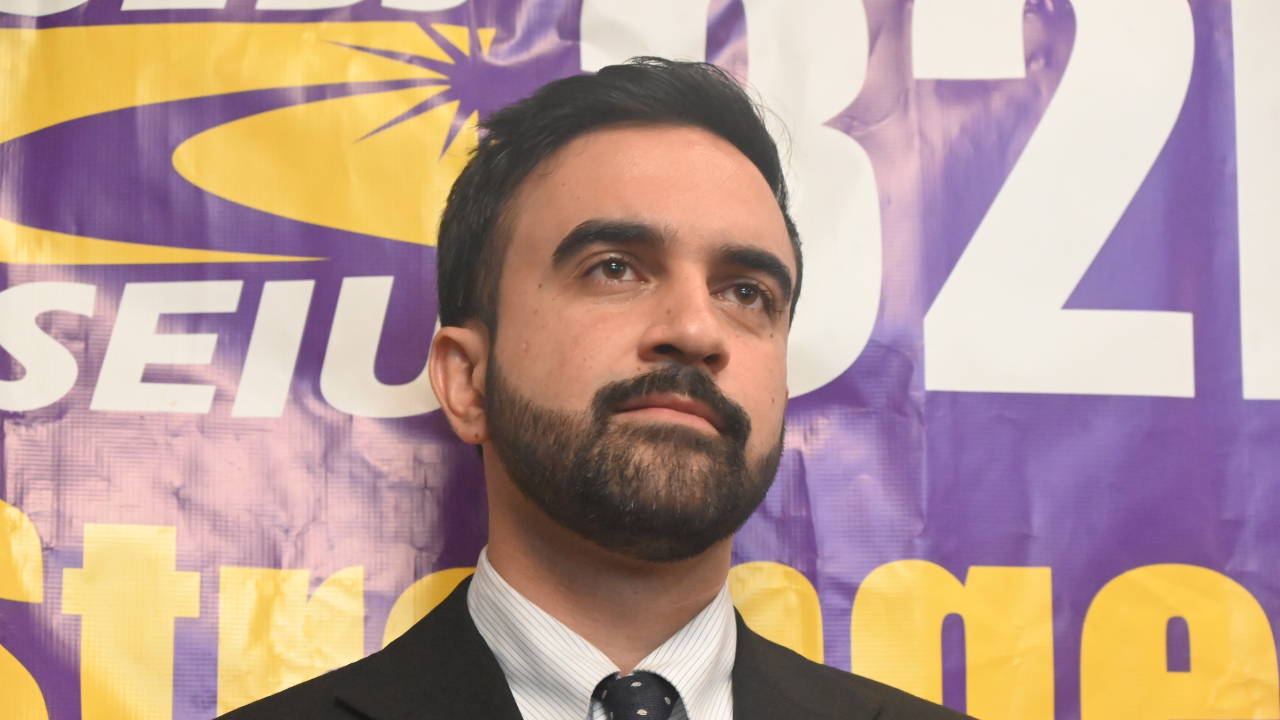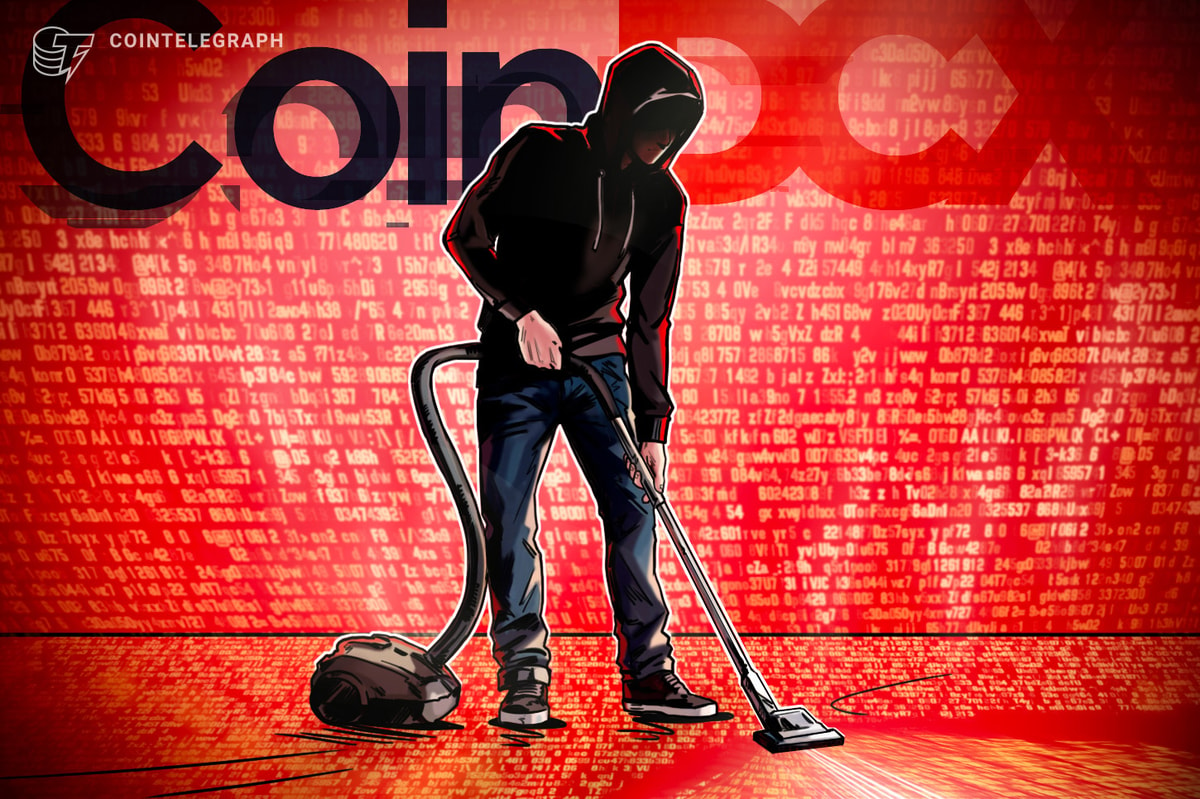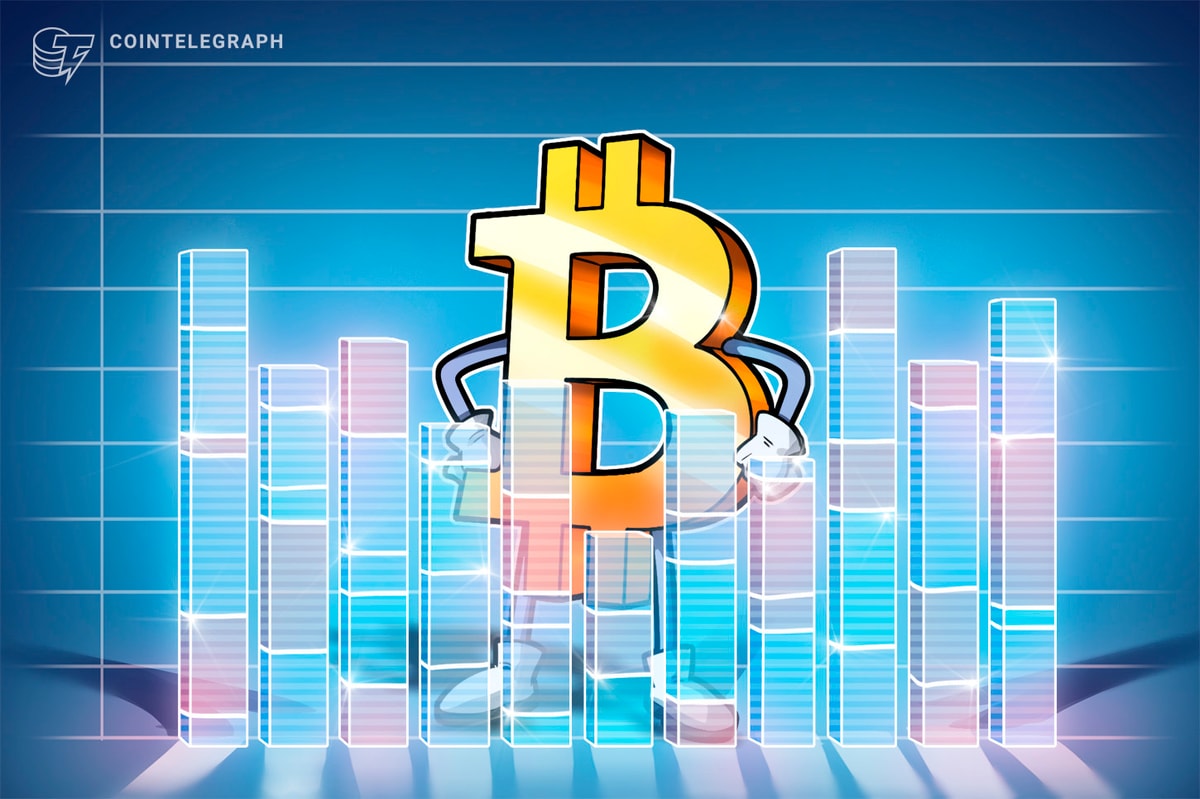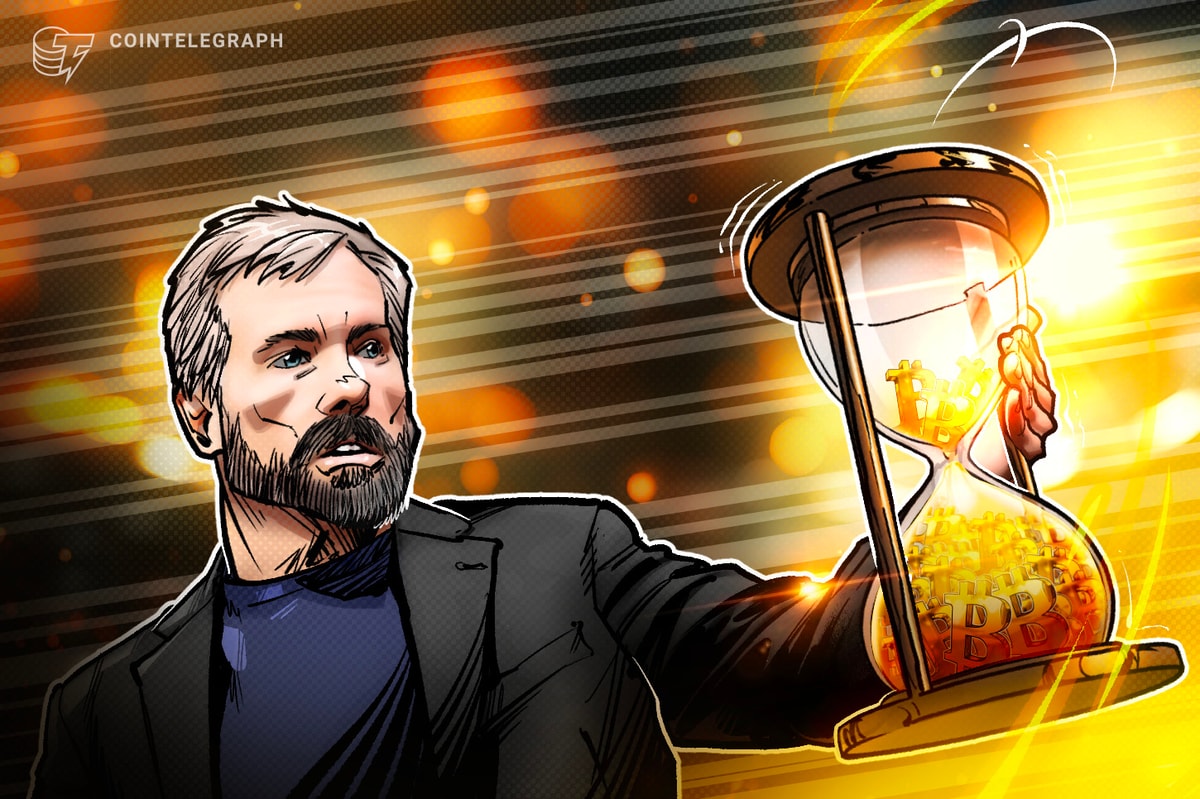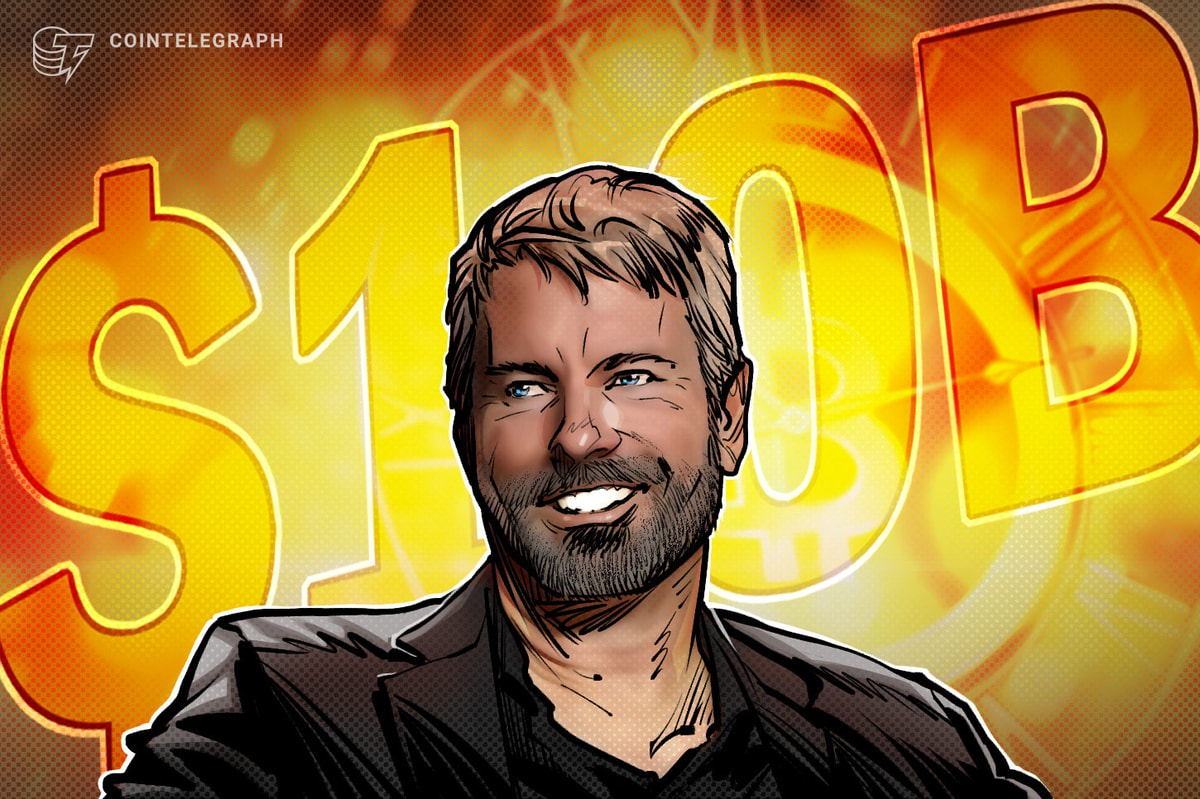Opinion by: Michael Egorov, founder of Curve Finance
The crypto world shifts its focus every few months, with headlines buzzing about AI, integrations, memecoins and grand Web3 visions.
While the spotlight moves from trend to trend, a quieter, deeper transformation is taking place beneath the surface: the gradual birth of a new financial system built on stablecoins, decentralized finance (DeFi) and code-driven contracts.
This system can be nominally called “Money2” — and it’s not a theory or a future vision. It’s already here.
Reports from early 2025 showed that, in February, the total supply of stablecoins had reached $225 billion in value, achieving 63% year-over-year growth. This surge underscores the expanding role of stablecoins in payments and as a medium of exchange. Consequently, it also positions them as a key element in building a new global financial ecosystem.
Moreover, for the first time in history, financial services can function entirely without intermediaries and trust in third parties. Loans, exchanges and payments no longer need to rely on traditional intermediaries.
Instead, they run on smart contracts, transparent and immutable lines of code on decentralized blockchains. Code, not humans, determines how money moves, how it’s lent and how it’s secured. This isn’t just a repackaging of existing finance. It’s a break from thousands of years of precedent — a disintermediation that changes everything.
Building a financial system without trust
For all human history, money has depended on trust in people or institutions. Whether transferring money, taking a loan or investing, an intermediary is always involved. Every traditional financial service relies on a bank, a broker or a government-regulated entity — it depends on trusting someone.
Because people and institutions are ultimately fallible, that trust has historically been betrayed many times. Entire legal frameworks, with audits and penalties, have evolved over the years to keep these third parties honest — to better manage that trust.
The risk, however, remains.
Money2 eliminates that dependency. In this new paradigm, smart contracts — code on decentralized blockchains — replace intermediaries. Transactions can be executed automatically and transparently without any gatekeepers or bias. Without the need for human discretion or interference. Just code.
Related: South Korea’s central bank wants gradual stablecoin rollout
Through DeFi, financial operations can happen without relying on people or institutions because the code is executed exactly as written. There’s no banker to delay, deny a transfer or freeze your funds. Everything is verifiable onchain, and what you see is what you get.
This isn’t just a technical improvement. It’s a leap in the entire philosophy of finance. It means fewer opportunities for corruption, less bureaucracy and the potential to rewire how financial services operate globally, opening the door for more transparent and accessible financial systems.
DeFi and stablecoins matter more than ever
The current crypto narrative has become increasingly distracted and dominated by flashy trends, which distract from the most critical thing blockchain enables: functional, scalable alternatives to traditional finance.
Not all non-financial blockchain use cases are irrelevant.
While things like AI integrations into crypto are undoubtedly interesting, they don’t fix the most significant issue: that traditional finance is fundamentally flawed. Money transfers are frequently canceled, international payments are slow, compliance checks can delay onboarding for days — the list goes on.
Even basic transactions face failures, delays and significant fees.
DeFi remains the most transformative use case for blockchain technology because it offers a way out from all of that, enabling payments, lending, trading and more without intermediaries. And when combined with stablecoins, these systems form the backbone of Money2.
DeFi doesn’t just digitize old frameworks but reimagines them entirely. Even traditional financial institutions themselves can recognize the value of decentralized solutions. It points to a significant shift in how TradFi institutions change their views.
What’s holding DeFi back?
“If Money2 is so revolutionary, why hasn’t it gone mainstream yet?” — is what many might ask at this point. Well, that’s because the shift it demands is uncomfortable in many ways.
And there are still barriers that need to be toppled first.
The first problem is simple: responsibility. Removing intermediaries means users are on their own. Transactions are irreversible, so there is no room for mistakes. Funds are rarely recoverable if you lose access to your wallet or fall for a scam. For many, that’s too much risk to take on.
DeFi today requires a steep learning curve, and self-custody is hard. Most people aren’t ready to manage their private keys or navigate the complexity of smart contracts without a safety net. Not when they don’t understand how any of it works or the risks.
Secondly, the web itself isn’t optimized enough for this transformation. Traditional browsers and web architectures currently form the backbone of DeFi interactions, and they weren’t designed to securely handle high-stakes financial transactions. Adoption and usability won’t become widespread until new interfaces are built from the ground up with DeFi specifically in mind.
Finally, there’s also a need to expand what asset classes are actually available in DeFi if it is to be more universally useful.
Stablecoins are a good start, but for Money2 to be truly realized as a full-fledged financial system, we need more than just crypto-native elements. Real-world assets, such as stocks, bonds, commodities and real estate, must be tokenized and traded onchain.
Admittedly, that’s a challenge to tackle, whether technically, logistically or legally, so it will take longer to get there. It is also a challenge worth solving. Tokenizing the full array of value-bringing assets will make DeFi a one-stop platform for all financial activities, essential for its continued evolution.
Opinion by: Michael Egorov, founder of Curve Finance.
This article is for general information purposes and is not intended to be and should not be taken as legal or investment advice. The views, thoughts, and opinions expressed here are the author’s alone and do not necessarily reflect or represent the views and opinions of Cointelegraph.
Read the full article here






